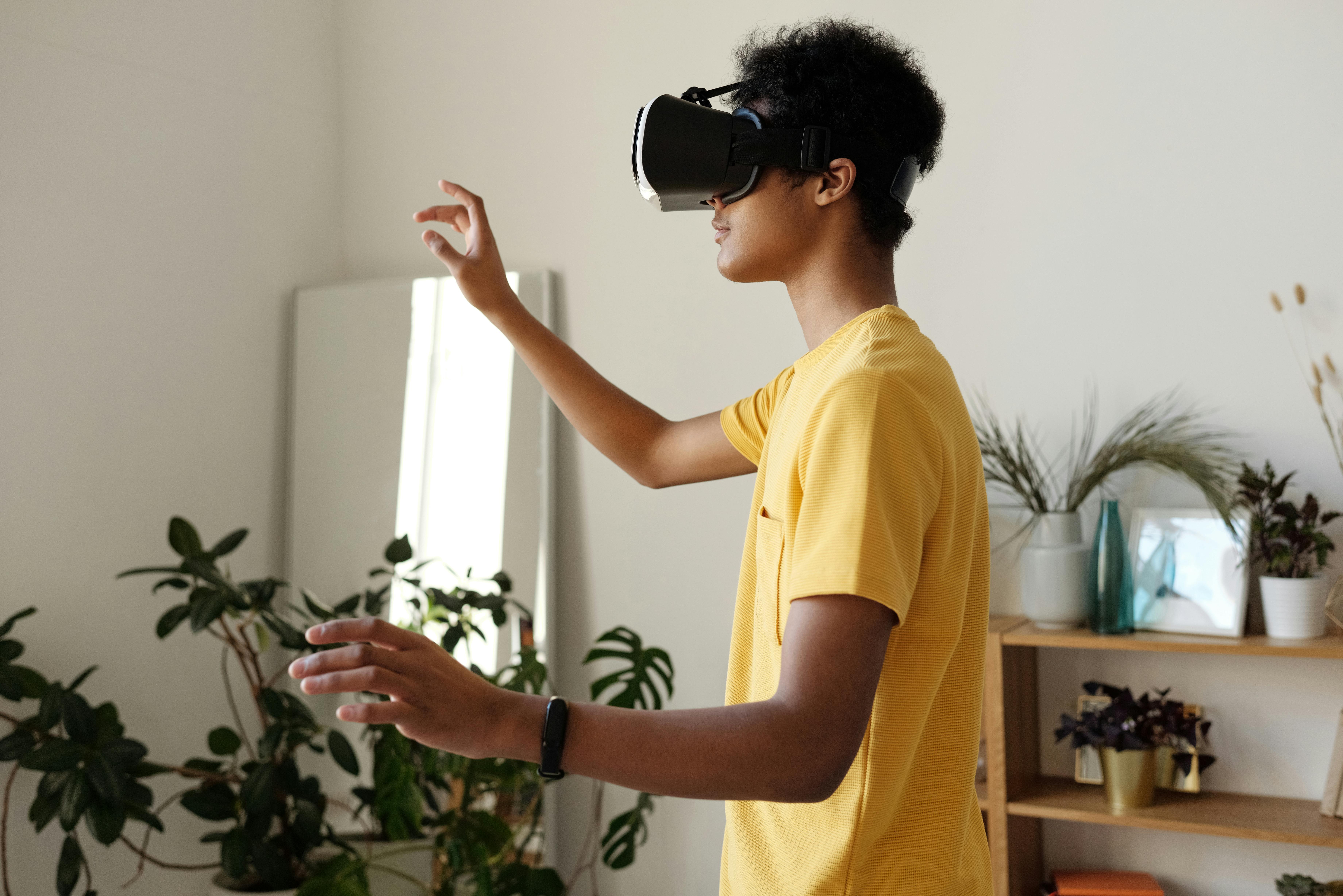I. Summary of a marketing plan
Marketing planning (specified in the marketing plan) is an essential organizational activity, considering the hostile and complex competitive business environment. Our ability and skills to make profitable sales are affected by hundreds of internal and external factors that interact in ways that are difficult to assess. A marketing manager must understand and build a picture about these variables and their interactions, and must make rational decisions.
Let’s see what we call a “marketing plan”? It is the result of the planning activity, a document that includes a review of the organization’s place in the market, an analysis of the STEP factors as well as a SWOT analysis. A complete plan would also make some assumptions about why we think the above marketing strategy was successful or not. The next phase will present the goals we set for ourselves, along with the strategies to achieve these goals. In a logical sequence, we will need to evaluate the results and formulate alternative action plans. A plan would consist of details of responsibilities, costs, sales forecast, and budgeting issues.
In the end, we must not forget to specify how the plan (or plans) will be controlled, by what means we will measure its results.
We will see how to build the marketing plan, what is its structure: After seeing how to build the traditional marketing plan, we will take a look at the electronic marketing plan and see how the unique characteristics of the Internet will require some changes in the approach of writing a marketing plan.
But, before continuing, we must understand and accept that the steps of the marketing plan are universal. It is a logical approach to planning activity, no matter where we apply it. The differences found from one plan to another consist in the degree of formality agreed to in each phase, depending on the size and nature of the organization involved. For example, a small, undiversified company would adopt less formal procedures, because managers in these cases have more experience and functional knowledge than subordinates, and can achieve direct control over most factors. On the other hand, in a company with diversified activity, senior managers are less likely to have functional information to a greater degree than subordinate managers. Therefore, the planning process must be formulated to ensure strict discipline for everyone involved in the decision chain.
II. The general marketing plan
The classic marketing plan would follow the following 8-stage scheme:
1. Mission statement: This is the planning stage in which we establish organizational orientations and intentions, thus providing a sense of direction. In most cases, this is a general presentation of the company’s intentions and is almost philosophical in nature.
2. Establishment of current objectives: It is essential that the organization tries to determine precisely the objectives to be achieved. These objectives, to be viable, must be SMART. SMART is an acronym that stands for “Specific”, “Measurable”, “Achievable”, “Realistic” and “Scheduled”. The objectives should also convey the overall organizational mission.
3. Collection of information: This stage is based on the concept of marketing audit. After conducting the macroenvironment audit by analyzing the STEP factors (social, technological, economic and political), we must focus on the immediate external environment (the microenvironment) and analyze the competitive environment, costs and markets. Finally, we will conclude with the SWOT analysis, in this way we will have an overview of the internal environment compared to the external one. SWOT analysis combines the two perspectives, from the inside and from the outside, because Strengths and Weaknesses are internal issues of an organization, while Opportunities and Threads come from the outside.
4. Reformulation of objectives: After careful examination of the data collected in the previous stage, it is sometimes necessary to rephrase the initial objectives, to address all the issues that may have arisen from the previous stage. The distance between the initial objective and the reformulated objective will be covered with suitable strategies. We must ensure that the reformulated objective is also SMART.
5. Establishment of strategies: Various strategies will be formulated in order to bridge the gap between what we want to achieve and what is possible to achieve, with the resources at our disposal. As we would normally have several options, we should analyze them and choose the one that has the best chance of achieving the marketing objectives.
6. Action plan: It consists of a very detailed description of the procedures and means to implement the actions that we want to carry out. For example, if the strategy involves an increase in advertising volume, the action plan should establish where the ads will be placed, the dates and frequency of the advertising campaigns, a set of procedures to evaluate their effectiveness. The actions we plan to take must be clearly formulated, measurable, and the results must be monitored and evaluated.
7. Implementation and control: It consists of the series of activities that must be carried out to execute the marketing plan in accordance with the objectives set by the marketer. At this stage, it is essential to obtain the support of all members if the organization, especially when the marketing plan must affect the organization from its bases.
8. Performance measurement: It is the last, but not least, stage of the marketing plan, as we can only achieve what we can measure. To measure the performance achieved through the marketing plan, we need to constantly monitor each previous stage of the plan.
The marketing plan that has a feedback loop, from stage 8 to stage 4. This is because sometimes during the planning process we may need to go through stages 4-8 several times before we can write the final plan.
III. The e-marketing plan
The electronic marketing plan is based on exactly the same principles as the classic plan. There is no different approach, but there may be some formal differences due to the uniqueness of the Internet environment. Many of these differences stem from the need to ensure a high response rate from customers, as the electronic world moves faster and requires a faster reaction from their companies, compared to the traditional offline market.
Although it is perfectly acceptable and also common practice to use the classic 8-stage model for the e-marketing plan, you may want to consider the simplified version proposed by Chaffey, who identifies four main steps in building the e-marketing plan:
1. Strategic analysis: It consists of a continuous scan of the macro and microenvironment. The emphasis should be on the needs of consumers who are changing very quickly in the online marketplace, as well as on surveying the actions of competitors and evaluating the opportunities offered by new technologies.
2. Definition of strategic objectives: The organization must have a clear vision and establish whether the media channels will complement the traditional ones or replace them. We must define specific objectives (don’t forget to check if they are SMART!) And we must also specify the contribution of online activities to the organization’s billing.
3. Strategy formulation – We do this by addressing the following essential issues:
– develop strategies towards target markets;
– positioning and differentiation strategies;
– set priorities for online activities;
– focus attention and efforts on CRM and financial control;
– formulate strategies for product development;
– develop business models with well-established strategies for new products or services, as well as pricing policies;
– need for organizational restructuring;
– changes in the structure of communication channels.
4. Implementation of strategies: It includes the careful execution of all the steps necessary to achieve the stated objectives. It could refer to website relaunch, promotion campaigns for a new or rewritten site, website efficiency monitoring, and many more.
Note: a common strategy to achieve e-marketing objectives is the communication strategy. The steps to build a coherent communication plan will be presented in an additional article.
IV. The E-Marketing Plan (Sample Titles)
1. Executive Summary
to. general vision of the current situation;
B. Key aspects of the e-marketing strategic plan.
2. Analysis of the situation
to. characteristics of the electronic market;
B. possible success factors;
vs. competitive analysis;
D. technological factors;
me. legal factors;
F. social factors;
gram. possible problems and opportunities.
3. The objectives of e-marketing
to. product profile;
B. target market;
vs. dirty targets.
4. e-marketing strategies
to. product strategies;
B. pricing strategies;
vs. promotion strategies;
D. distribution strategies.
5. Technical problems
to. website content;
B. “searchability” of the website;
vs. registration security (for clients and staff);
D. customer registration procedure;
me. multimedia;
F. autoresponders;
gram. order forms and comment forms;
h. levels of access to online resources;
I. credit card transactions;
j. web page hosting;
k. website publishing;
l. technical staff (size, requirements)
6. Appendix
7. Bibliography









